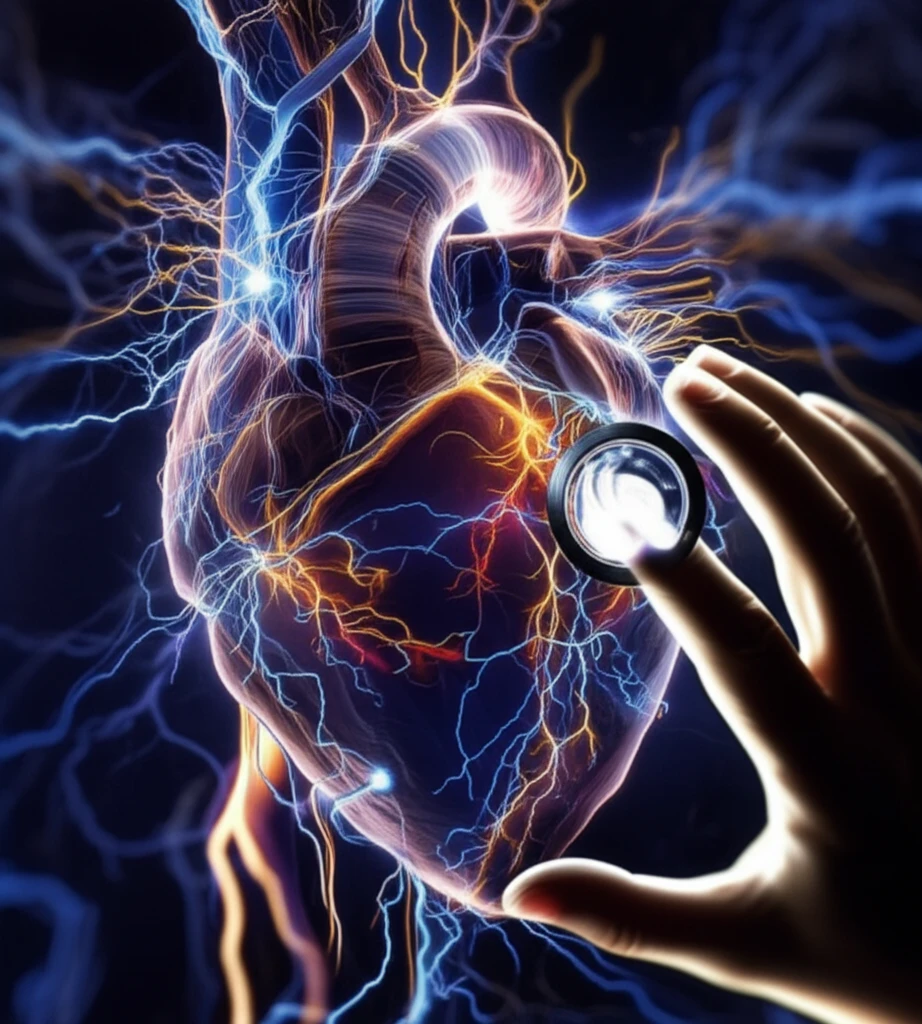
Decoding Heart Signals: How Signal Fidelity Impacts Atrial Fibrillation Mapping
"New research sheds light on the importance of signal quality in mapping atrial fibrillation, potentially improving treatment outcomes for millions."
Atrial fibrillation (AFib) affects millions worldwide, increasing the risk of stroke and other debilitating conditions. Mapping the heart's electrical activity during AFib is crucial for effective treatment, yet accurately identifying the sources of erratic signals remains a significant challenge. Traditional methods often struggle with signal contamination, leading to imprecise maps and less successful outcomes.
A groundbreaking study has introduced a novel approach to tackle this challenge: assessing 'signal fidelity.' This method aims to quantify the quality of electrical signals recorded during AFib mapping, distinguishing reliable data from noise and interference. By focusing on high-fidelity signals, doctors can create more accurate maps of AFib sources, potentially leading to more targeted and effective treatments.
This article delves into the innovative techniques used to measure signal fidelity, how these measurements impact the accuracy of AFib mapping, and the potential benefits for individuals living with this common heart condition. Understanding these advancements could pave the way for improved diagnostic and therapeutic strategies, offering hope for better management of AFib.
What is Signal Fidelity and Why Does It Matter in AFib Mapping?

Signal fidelity, in the context of AFib mapping, refers to the clarity and reliability of the electrical signals recorded from the heart. High-fidelity signals are those that accurately reflect the heart's underlying electrical activity, while low-fidelity signals are distorted by noise, interference, or other forms of contamination. These distortions can arise from various sources, including:
- Poor electrode contact
- Signal saturation
- Far-field activity (electrical signals originating from distant areas of the heart)
The Future of AFib Treatment: Clearer Signals, Better Outcomes
By improving the tools and techniques used to map and interpret electrical signals in the heart, the medical community moves closer to more effective, personalized treatments for AFib. This could mean fewer repeat procedures, reduced reliance on medication, and a better quality of life for millions affected by this common heart condition. As research continues to refine our understanding of signal fidelity and its impact on AFib mapping, the future of AFib treatment looks brighter than ever before.
